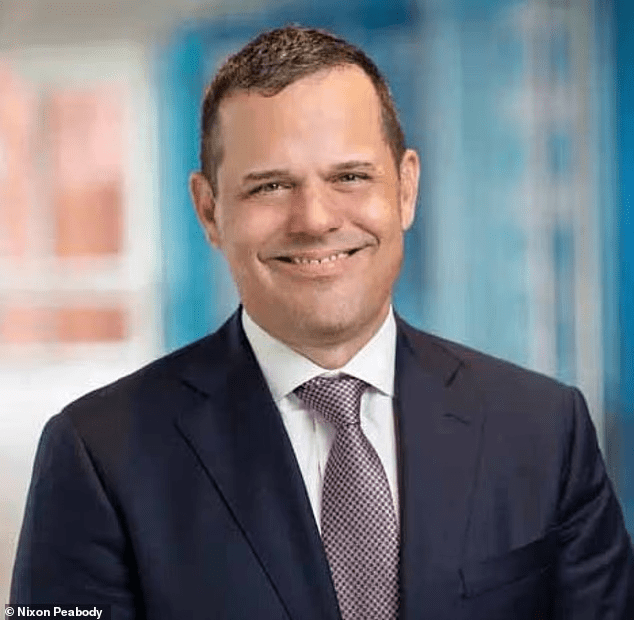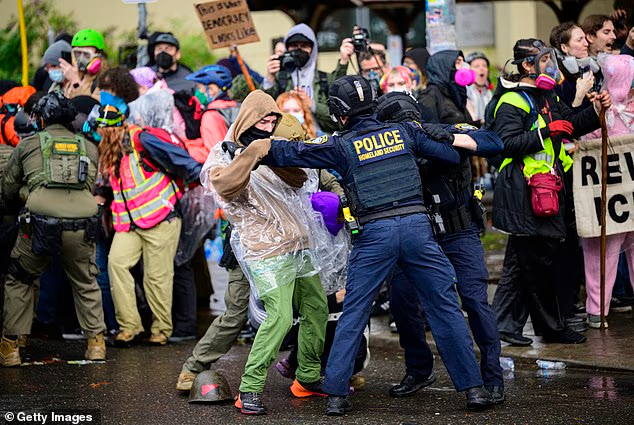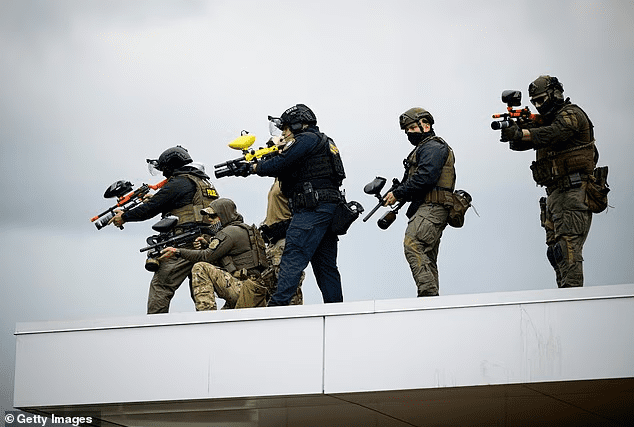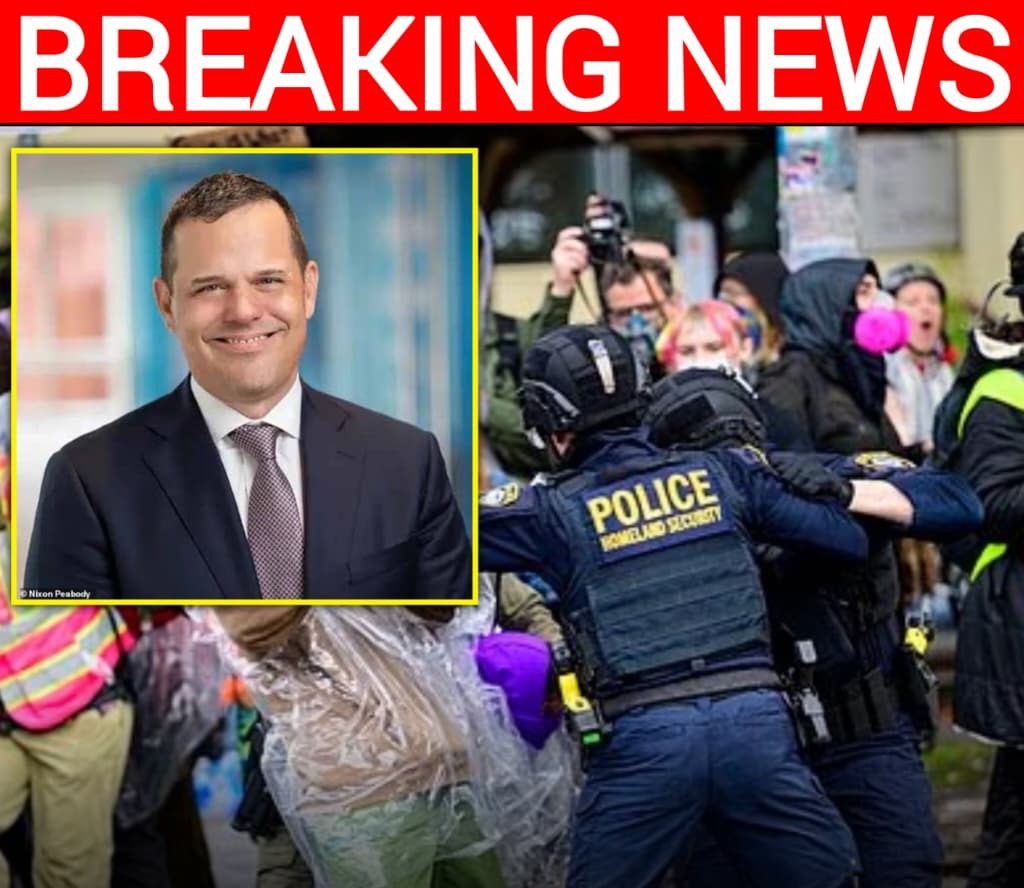Ex-ICE Boss John Sandweg Warns of “Unprecedented” Immigration Crackdowns and Says Agents Hiding Behind Masks Undermine Trust
A former director of U.S. Immigration and Customs Enforcement (ICE) has broken his silence over what he describes as the “unprecedented” and “heavy-handed” tactics now being used by the agency he once led. John Sandweg, who ran ICE from 2013 to 2014 under the Obama administration, voiced concern that the agency’s current approach has veered away from what he calls professionalism and integrity — citing mass arrests, masked agents, and diminished transparency as troubling signs of change.
In an interview first reported by Politico, Sandweg said that during his tenure, ICE prioritized investigations before arrests and treated those detained “humanely and with respect.” He pointed to recent enforcement surges — often carried out by heavily armed, face-covered agents — as a stark contrast to the standards he once upheld. “What I’m seeing now,” he said, “is unprecedented.”

The critique comes at a pivotal moment in the national immigration debate, as ICE operations have expanded dramatically under renewed mandates to increase border removals and target criminal offenders. Reports from across the country show agents conducting larger-scale operations in major metropolitan areas and along key border states, reflecting a dramatic shift toward deterrence through visibility. To many Americans, that signals strength and restored law enforcement; to Sandweg, it represents the kind of overreach that risks alienating communities and creating distrust.

Under his leadership, Sandweg explained, ICE agents didn’t wear masks or conceal their identities during field operations. Instead, he believed that transparency was central to maintaining the agency’s legitimacy. “When people see law enforcement hiding their faces, it changes the dynamic,” one former DHS official told the Daily Mail. “It feels less like law and order and more like intimidation.”
Sandweg also suggested that today’s ICE raids are taking place before adequate investigations are complete — a step away from the case-by-case groundwork that defined his administration’s enforcement priorities. “There was always a process,” he said, describing how agents previously worked with local police departments and immigration courts to ensure that removals were lawful and justified. “What worries me now is that those guardrails are gone.”

Inside the agency, defenders of the current approach argue that increased threats against agents justify additional safety measures like face coverings. Homeland Security data show a rise in online harassment, doxxing, and physical threats against immigration officers, prompting new protocols to safeguard their identities. “No one wants to be a target,” one ICE spokesperson said. “The masks are for safety, not secrecy.”
Still, Sandweg insists that such measures risk eroding public confidence. Critics warn that masked enforcement actions — especially when combined with nighttime raids or unmarked vehicles — could create an atmosphere of fear among immigrant families and legal residents alike. The debate underscores the tightrope ICE must walk between maintaining operational security and upholding constitutional transparency.

For pro-enforcement advocates, the shift marks a necessary course correction after years of what they viewed as lax border policies. Supporters of President Trump’s border agenda argue that strict enforcement has long been overdue and that any discomfort reflects the cost of re-establishing deterrence and national security. “You can’t have a border without laws, and you can’t have laws without enforcement,” one senior DHS official said.
Sandweg’s warnings, though, reveal the internal friction that continues to divide immigration policymakers — between those who see ICE as a vital national defense arm and those who believe it risks overstepping its authority. As raids intensify, one thing is certain: America’s immigration fight is far from over, and the debate about how to enforce the law without losing the nation’s moral center will only grow louder.


